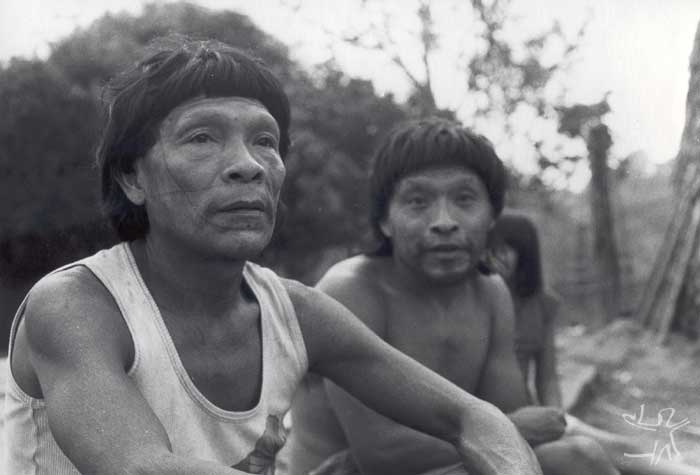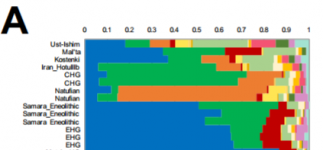A. Zubov said that the teeth morphology have no Mongoloid features (Zubov, Grohman 2003)
Also I. Grohman and Okladnikov saids about Europoid burial. Although he probably did have some Mongoloid admixture, based on his DNA. But it does not matter.
Copy of the Malta burial from Irkutsk Museum
Because material culture of Mal'ta site have roots in Europe. Some hunters-gatherers from Eastern Europe migrated to Lake Baikal 24 000-25 000 years ago. Stone tools which definitely resembles a European tools. (Efimenko. 1953)
Also Palaeolithic Venus were unique European Palaeolithic art, they are also were found in Malta. Although slightly modified form.
However, they no longer found anywhere in the world. Only in Europe and Mal'ta.
Venus from Kostenki
Some other points are summarized by M. Anichkov:
- The closest analogue of Malta and Burete rounded semi-dugout - is dugout of Gagarino type (Eastern Europe)
- Using a large mammoth bones for home constructions, as in the Eastern Europe paleolithic cultures
- There are found arctic fox bones, whose meat is not used for food: after removing the skins, carcasses were buried in special pits. The similar thing was in Kostenki13 and Avdeevo.
- Hearth with a facing of stones similar to Zaraisk hearth.
It is definitely looks like unique and black sheep culture for Northern Asia.
And if all this is true, it means that 25 000 - 30 000 years ago in Europe probably has been Y-DNA
R and autosomal DNA something like Afontova Gora. Probably somewhere in Don River region. And this mean that all fantasies about "Mongoloid Indians" who had come to Europe from Siberia is nonsense. We just need more Paleo DNA from these paleolithic places. Moreover, 38 000 year old sample from Kostenki already has about 25-30% of the modern euro DNA.
Kostenki rus wiki
https://translate.google.ru/transla...dia.org/wiki/Костёнковские_стоянки&edit-text=
Zaraysk rus wiki
https://translate.google.ru/transla...8F_%D1%81%D1%82%D0%BE%D1%8F%D0%BD%D0%BA%D0%B0




